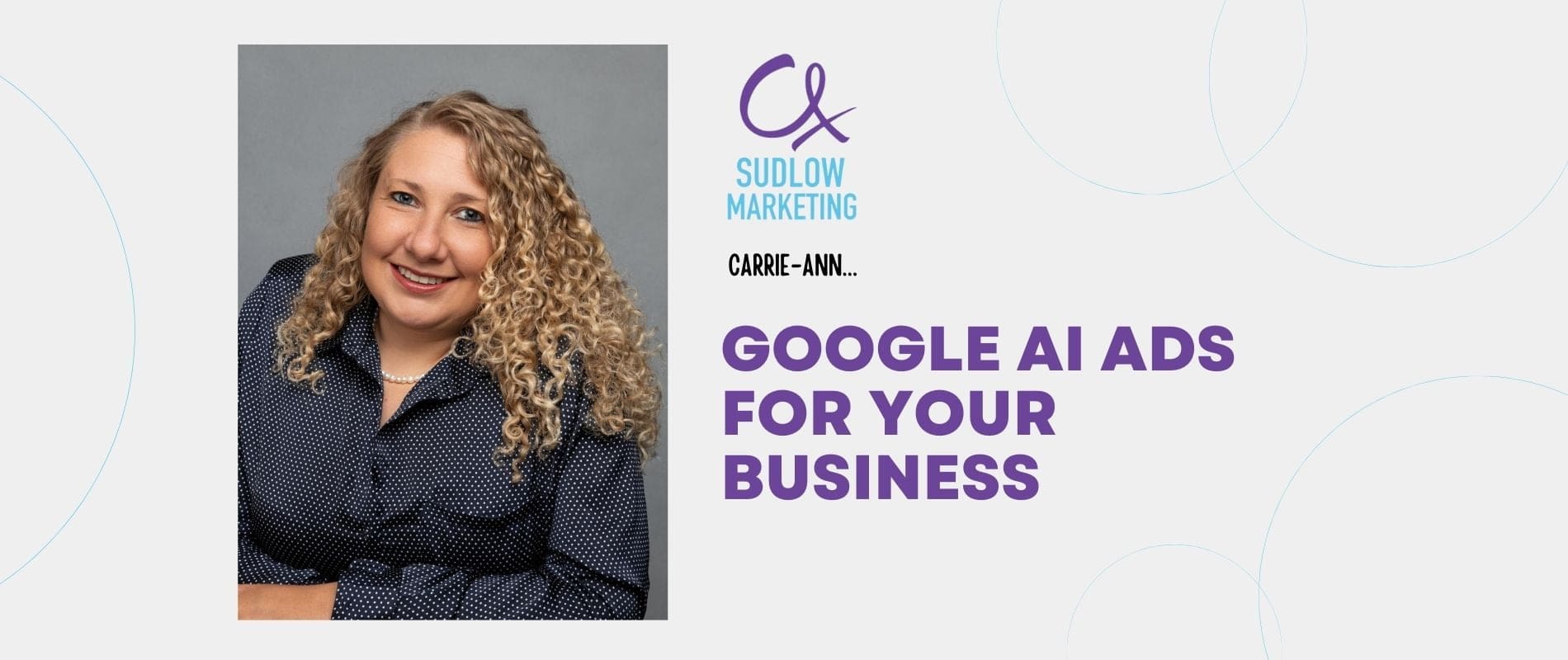
Google AI Powered Video Ads Are Set To Disrupt Social Media Marketing
Google has recently launched a new advertising product called Demand Gen, which is powered by AI and could start to divert social media advertising investment away from the likes of Instagram and Facebook.
What Exactly is Demand Gen?
Demand Gen leverages AI to create super-targeted image and video ads on Google platforms, including YouTube. It has been designed to help advertisers expand their social media strategies beyond the platforms that we most commonly associate with advertising, namely Instagram and Facebook.
So, essentially, Demand Gen is a brand new tool that Google can leverage in a bid to compete for advertising revenue.
What Do Demand Gen Ads Look Like?
Campaigns created using Demand Gen include up to 15 second long video adverts, which sit well both before and mid-way through YouTube videos. It is also possible to create image carousel ads and bumper ads, which are tailored for mobile devices and designed to capture the attention of users as they are scrolling through their social feeds.
Demand Gen comes with a suite of creative tools which can be used by advertisers to carefully tailor their advertising messaging and content to different audiences. This level of flexibility extends to budgeting and bidding tools, allowing advertisers to drive traffic, clicks and conversions within their budget.
Additionally, Demand Gen utilises Google’s AI technology in order to accurately identify new audience segments that share certain features or characteristics of an existing audience.
Why Has Demand Gen Launched Now?
Google is agile, and the launch of this new advertising tool has come at a time when online behaviours are changing. Interestingly, Google has published data which shows that online users are 98% [1] more likely to trust YouTube creator recommendations over creators on other social platforms.
Google’s own research also says that viewers now divide the time they spend on social media each day between YouTube and other traditional platforms, including Instagram and Facebook. Notably, the Ipsos YouTube Trend Survey conducted in May 2023 found that 90% of users have engaged with content from a specific artist or creator on several different platforms and via a range of different video formats.
Interestingly, the 2023 YouTube Culture & Trends Report notes that 60% of Gen Z users are open to engaging with AI content, so this is something that we are likely to see much more of over the coming weeks, months and years.
Experts in the shifting nature of the online space believe that users are collectively experiencing a form of social media fatigue, largely prompted by the overly curated social feeds that creators are investing their time into building. Interestingly, YouTube is increasingly being viewed as an online space that is more authentic and allows for better engagement between creators and viewers.
What Does All This Mean For Social Advertising?
Well, things are changing, which always poses somewhat of a challenge to brands, businesses and social media professionals. In short, if you are targeting your audience mostly via Instagram and Facebook, you might want to consider increasing your reach.
Google is positioning Demand Gen as an innovative tool that can help advertisers to easily respond to the changing online habits of users by supporting the creation and delivery of visually engaging advertisements that are ultra-tailored to a very specific audience.
Demand Gen is presented as an advertising platform that supports the creation of campaigns that capture the interest of audiences as they engage with various elements of the vast Google ecosystem, including Google Discover and YouTube.
Is Demand Gen Working?
Despite the fact that Demand Gen is very new, there are already brands and businesses out there that are capitalising on the innovative, highly powerful tools it offers. In fact, the German arm of Samsung has reported a click-through rate increase of 400% solely as a result of using this new advertising product.
Additionally, Google reports that the fin-tech startup Naranja X has secured robust outcomes from its Demand Gen testing phase. It highlights that its Demand Gen advertisements secured click-through rates on its paid social campaigns that were 3x higher than usual and at a cost per action that was more than 60% cheaper.
Who Can Benefit From Demand Gen Ads?
The short answer is: everyone. From small business owners to huge multi-national corporations, Demand Gen seems to have the tools to help everyone capture the interest of their audience across Google touch points.
Retailers stand to benefit from the ability to incorporate product feeds by leveraging both images and texts with video content that shows users specific items based on their personal buying intent and their interests.
The key here is to utilise the advanced reporting tools within the user interface in order to gain insights and obtain the data you’ll need to continue to drive enhanced engagement.
Is Demand Gen Available Now?
Demand Gen rolled out to users worldwide on 10 October 2023. This new ad product replaces Google’s Discovery ads, with all Discovery campaigns being phased out over the coming weeks and months.
It’s no secret that Demand Gen is the most visible step that Google has taken in the battle for advertising revenue with the likes of Meta, which is arguably its biggest advertising platform rival right now.
Providing that Demand Gen secures the level of traction that many experts are predicting, its success could prompt Meta to supercharge its own video advertising tools in order to remain competitive in what could be a long and notable battle for ad revenue.
How Do I Get Started With Demand Gen?
There are already a number of beneficial resources out there that can help you get to grips with Demand Gen, including best practice and setup guides. Plus, if you’re reading this close to the rollout date, Google is also hosting a webinar on 14 November 2023, during which Demand Gen product experts are scheduled to share additional insights and tips about the product.